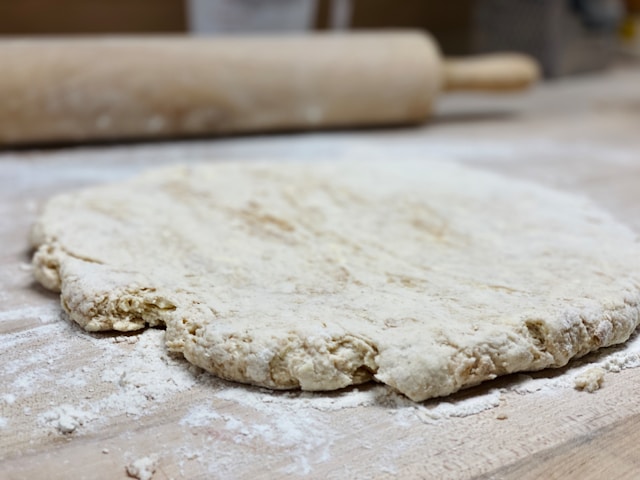The distinct sound, a soft “womp,” echoes as a cutter slices through chilled dough. This is not merely the start of baking; for Grammy-winning musician Rhiannon Giddens, it represented a five-year dedication to mastering the iconic Southern biscuit, a journey mirroring the rich, complex history of the food itself.
The pursuit of the perfect, flaky biscuit took Giddens, an acclaimed scholar-musician known for exploring Black musical heritage, from her adopted home in Limerick, Ireland, back to her North Carolinian roots, at least in spirit. It began in 2020, a pandemic-fueled craving for the comforting, layered delights of her youth. This culinary exploration became an obsession, leading her to meticulously adapt a Southern Living magazine recipe, focusing on crucial baking techniques like using exceptionally cold ingredients.
What defines these sought-after Southern biscuits? They are a marvel of texture – flaky, buttery, with a definitive rise, sturdy enough for fillings yet tender enough for jam. This contrasts sharply with their early predecessors. The biscuit history is a fascinating evolution from the hard, twice-baked breads or “bisquites” that sustained British empire builders in the 1600s. In the American South, particularly through the ingenuity of Black cooks, these transformed into symbols of skill and regional identity.
This transformation occurred over centuries. By the 18th century, a distinct Southern biscuit began to emerge. Initially, luxuries like white flour meant beaten biscuits, requiring immense labour often provided by enslaved individuals, were a mark of affluence. Food historian Toni Tipton-Martin notes wheat flour was scarce, making such biscuits an expression of wealth. The game-changer arrived with chemical leavening. The introduction of agents like potassium bicarbonate and eventually Eben Norton Horsford’s 1856 patent for baking powder, alongside advancements in milling technology for soft winter wheat in the late 19th century, democratized the biscuit. What was once a Sunday treat became an everyday staple, perfect for any meal, including delightful Barrie weekend breakfasts.
The reasons behind the Southern biscuit’s enduring appeal are manifold. They represent more than sustenance; they are interwoven with cultural narratives of class, ingenuity, and identity. For Giddens, this personal culinary quest also illuminated parallels with her life’s work. “Food and music have similar cultural markers,” she observed, noting how both travel and evolve with people. This connection inspired her “Biscuits & Banjos” festival, a vibrant celebration of Black music and food traditions.
Achieving that perfect rise and flaky texture hinges on specific methods. Giddens emphasizes the criticality of cold ingredients: frozen butter (around 113 grams) grated into frozen, sifted flour, and chilled buttermilk. Her technique involves minimal stirring and a precise series of folds – five, she found, created the optimal poof. She eschews a rolling pin, patting the dough, and cuts carefully to avoid twisting, which can inhibit rise. Baking occurs at a high heat, approximately 246°C (475°F), on a preheated pan for crispy bottoms.
From a seafaring necessity to a symbol of Southern culinary artistry, the biscuit’s journey reflects American history itself. Its evolution, shaped by countless hands and innovations, continues to bring comfort and connection to tables far and wide. The dedication to perfecting such a seemingly simple food underscores a deep appreciation for tradition and the nuanced craft of baking.

